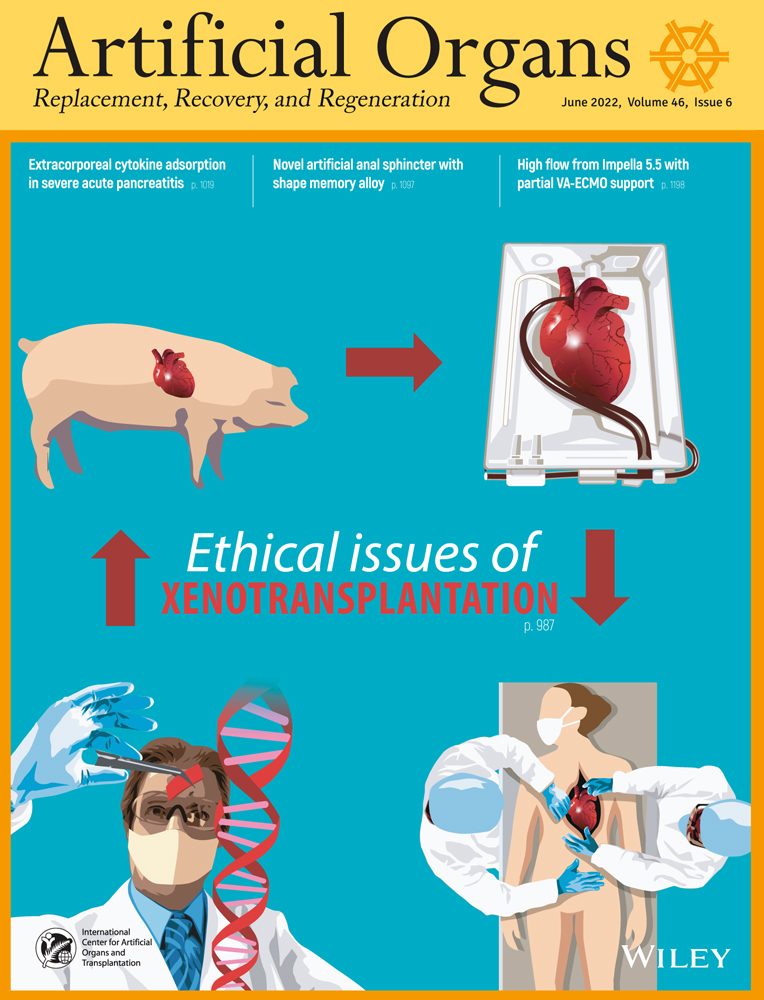Contribution of diafiltration and adsorption to vancomycin clearance in a continuous hemodiafiltration circuit model in vitro
Masashi Uchida and Mifuyu Sawada contributed equally to this work.
Abstract
Background
Vancomycin (VCM) is eliminated mainly by diafiltration under continuous hemodiafiltration (CHDF), but the contribution of adsorption to CHDF clearance (CLCHDF) of VCM using a polyacrylonitrile and sodium methallyl sulfonate copolymer membrane coated with polyethylenimine (AN69ST) or a polymethylmethacrylate (PMMA) membrane is unknown. This study sought to investigate the contribution of diafiltration and adsorption to the CLCHDF of VCM using AN69ST and PMMA membranes in vitro.
Methods
An in vitro CHDF circuit model was developed. The initial concentration of VCM was 50 μg/mL and human serum albumin (HSA) was prepared at a concentration of 0, 2.5, or 5.0 g/dL. The effluent flow rate (Qe) was set at 800, 1500, or 3000 mL/h. The CLCHDF, diafiltration rate, and adsorption rate of VCM were calculated.
Results
Total CLCHDF of VCM using the AN69ST membrane increased and decreased with increasing Qe and HSA concentration, respectively. Diafiltration and adsorption rates were 82.1 ± 9.8% and 12.1 ± 6.1% under all conditions, respectively. Total CLCHDF using the PMMA membrane increased with increasing Qe. Diafiltration and adsorption rates were 89.2 ± 20.4% and 4.6 ± 17.0% under all conditions, respectively. The observed CLCHDF values significantly correlated with the predicted CLCHDF, calculated according to a previous study as the product of Qe and the plasma unbound fraction.
Conclusions
Diafiltration predominantly contributed to CLCHDF of VCM using AN69ST and PMMA membranes. When diafiltration rather than adsorption mainly contributes to the CLCHDF of VCM, the CLCHDF could be predicted from the Qe and HSA concentration, at least in vitro.
CONFLICT OF INTEREST
Ishii I received hemofilters (CH1.8 W®) and rented hemodiafiltration devices (TR-55X®) from Toray Medical (Tokyo, Japan) for this study. The remaining authors have no relevant financial conflict of interest to disclose in relation to this manuscript.




